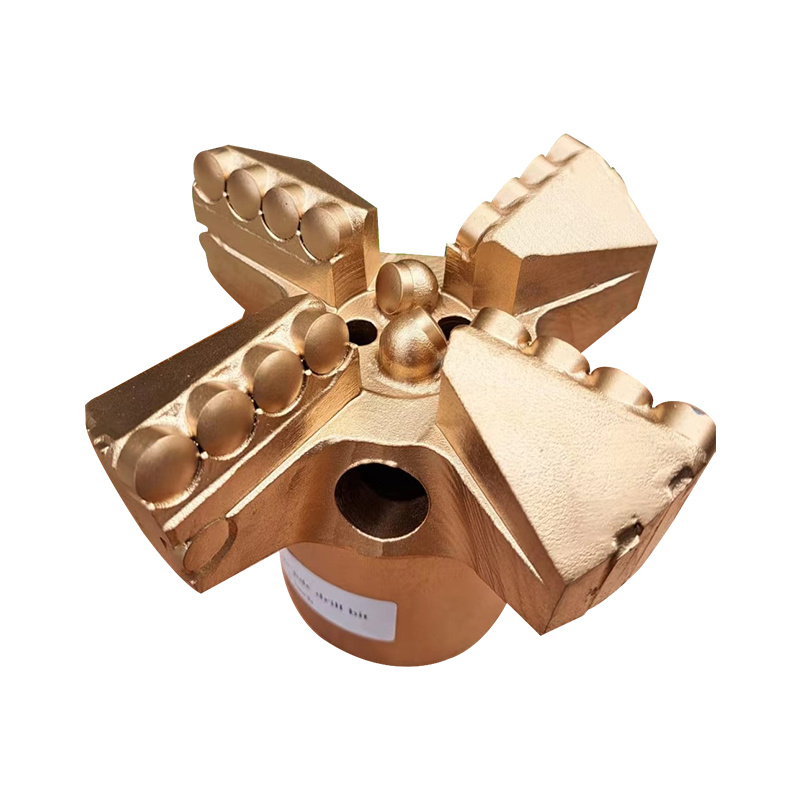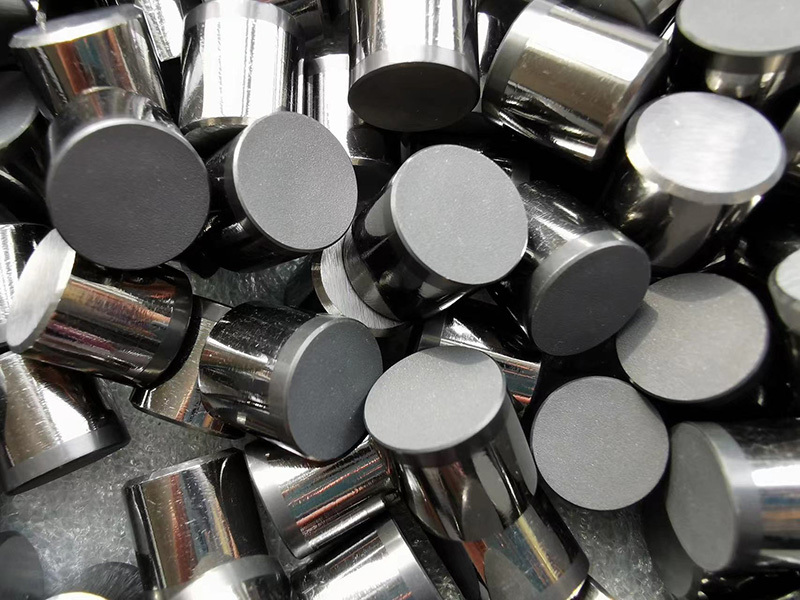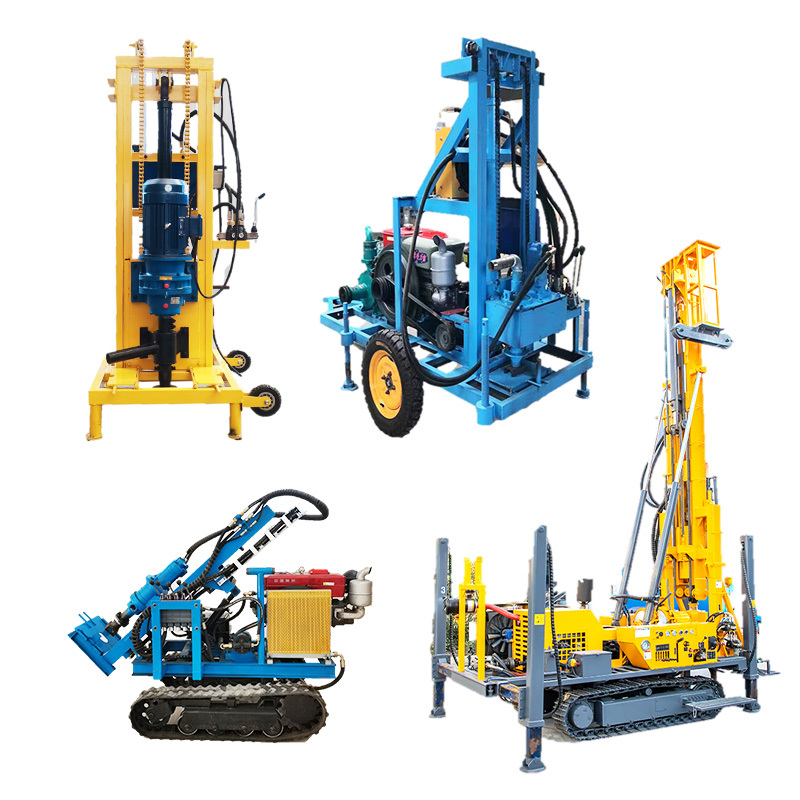PDC or Alloy bit? Which Coreless Bit Boosts Hydraulic Drilling Efficiency?
Jun 16,2025
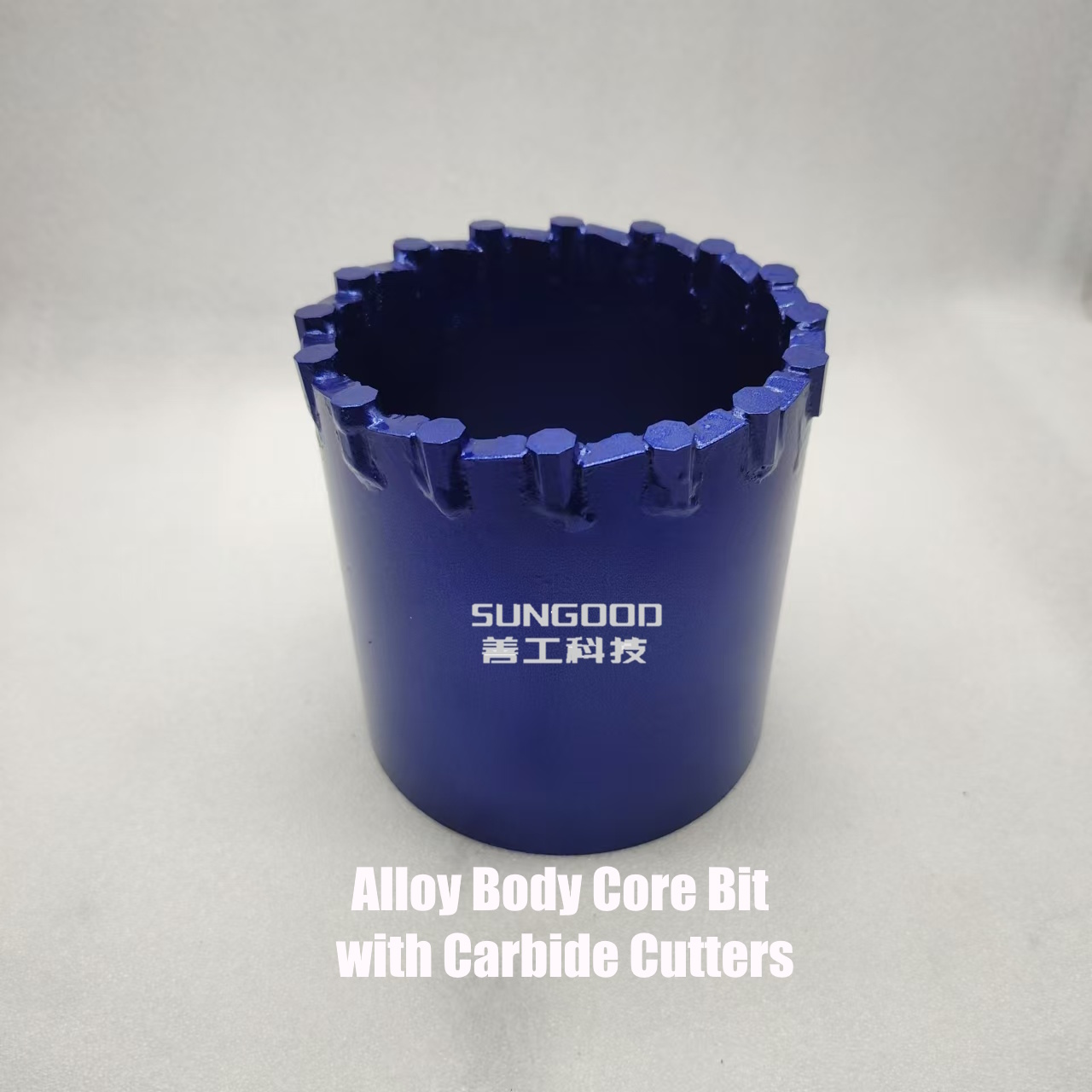
In hydraulic drilling, PDC coreless bits deliver 200%+ faster penetration in homogeneous formations due to polycrystalline diamond super-hardness, while alloy tooth coreless bits excel in fractured strata with 35% higher impact resistance.
1. Core Distinction: Material Science Defines Performance
PDC Coreless Bits
Featuring polycrystalline diamond compact (PDC) cutters – diamond grit layers bonded to tungsten carbide substrates – these bits achieve unmatched hardness (HV7000+) with balanced toughness. They dominate in sandstone, shale, and limestone formations:
- Lifespan: 800-1,500 meters per run
- Self-sharpening design minimizes bit balling
- Thermal limit: 800°C (requires active cooling)
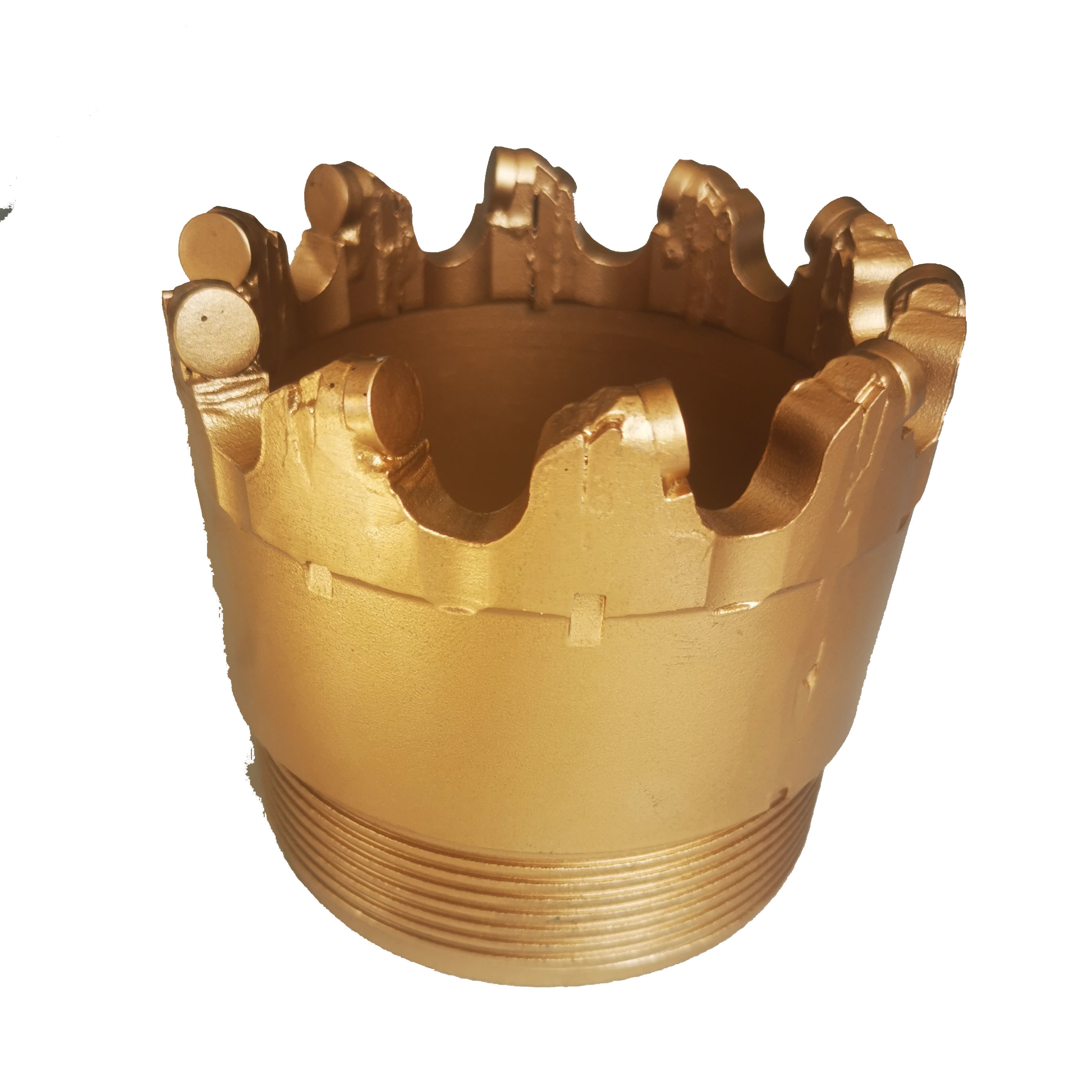
Alloy Tooth Coreless Bits
Tungsten-carbide-based teeth provide superior fracture resistance (impact toughness ≥2200J/㎡):
- 35% higher success rate in fault zones/fractured rock
- Initial cost: 1/3 of PDC bits
- Requires regrinding every 200 meters
2. Performance Benchmark (Hydraulic Drilling Context)
Parameter | PDC Bits | Alloy Tooth Bits |
|---|---|---|
Optimal Formation | Soft-medium homogeneous (≤12 class) | Hard rock/fractured zones (≤9 class) |
Penetration Rate | 3.5-8 m/hr | 1.2-3 m/hr |
Thermal Threshold | 750°C (mandatory cooling) | 950°C |
Cost Efficiency | High initial cost, low operational cost | Frequent maintenance raises TCO |
3. Selection Protocol: Critical Decision Factors
- Geology-Driven Choice
≥70% homogeneous layers → Choose PDC
≥40% fractured granite/basalt → Select alloy teeth - Budget Considerations
Short-term projects: Alloy teeth
Long-duration drilling: PDC for lower TCO - Time Sensitivity
PDC reduces project timelines by 40% – ideal for urgent operations
Hybrid solution: PDC-alloy combination bits (e.g., PDC cutters + alloy gauge protection) now achieve 22% higher efficiency in interbedded formations, with innovations pioneered by manufacturers like SUNGOOD TECH.
Related News
Contact Us







